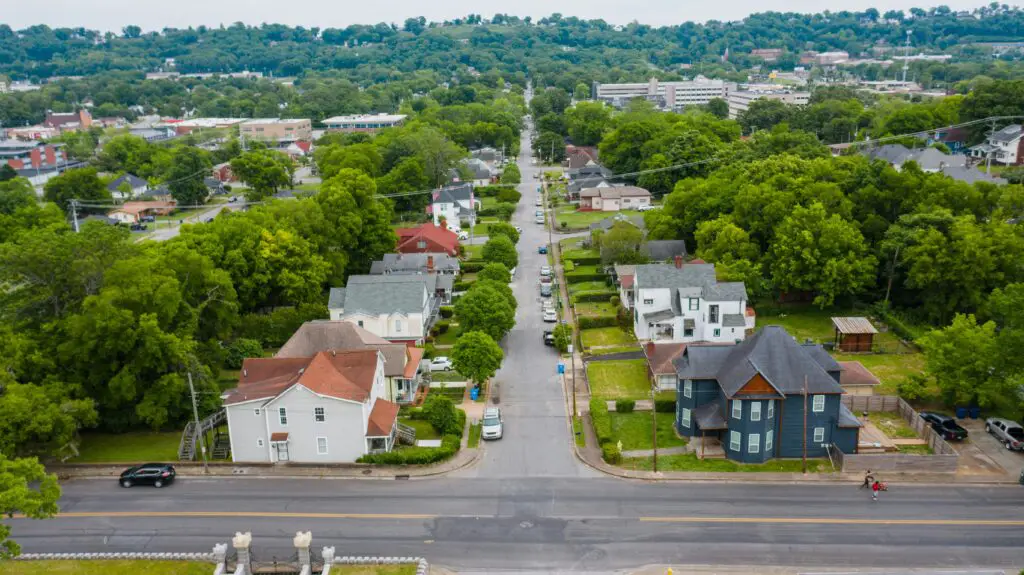Housing inequality has been a persistent issue in the United States, disproportionately affecting low-income families and minority communities. However, recent policy changes at federal, state, and local levels are attempting to address these disparities. By expanding tenant protections, increasing affordable housing initiatives, and tackling discriminatory practices, these policies aim to create a more equitable housing landscape. While progress is ongoing, the following five policies represent significant steps toward reshaping housing equality across the country.
1. Inclusionary Zoning Laws

Inclusionary zoning is a policy designed to ensure that new housing developments include affordable units for low- and middle-income families. Cities such as Washington, D.C., New York, and San Francisco have implemented these laws to prevent further displacement of long-term residents. These policies require developers to set aside a percentage of units in new buildings for affordable housing or contribute to local housing funds.
By integrating affordable housing into mixed-income neighborhoods, inclusionary zoning helps create more diverse communities and reduces the concentration of poverty. However, critics argue that developers sometimes pass the costs onto market-rate tenants, making rents higher overall. Despite the challenges, inclusionary zoning has proven to be a valuable tool in cities striving to maintain economic and racial diversity.
2. Strengthened Rent Control and Tenant Protections

With housing costs skyrocketing in many urban areas, several states and cities have introduced stronger rent control measures to protect tenants from displacement. Oregon became the first state to implement a statewide rent control policy in 2019, capping annual rent increases at 7% plus inflation. California, New York, and Washington have also enacted or expanded tenant protections, limiting how much landlords can raise rent and under what conditions they can evict tenants.
These policies aim to provide stability for renters who might otherwise face sudden price hikes or unfair evictions. Some laws also include provisions to prevent landlord retaliation and discrimination, particularly against marginalized communities. While critics argue that rent control discourages new development, supporters maintain that these protections are essential for preventing homelessness and ensuring that housing remains accessible to all.
3. Down Payment Assistance Programs for First-Time and Minority Buyers

Homeownership remains one of the most effective ways to build generational wealth, yet many Black, Latino, and low-income buyers struggle to save for a down payment. To address this barrier, various state and federal programs have expanded down payment assistance initiatives. The Biden administration’s proposed First-Generation Down Payment Assistance program, for example, would provide grants to first-time homebuyers whose parents were unable to own a home.
In addition, states like Georgia, Illinois, and Texas offer assistance programs that help cover down payments and closing costs for qualifying buyers. Some cities have also introduced specific programs targeting racial disparities in homeownership by providing grants or forgivable loans to minority applicants. By making homeownership more accessible, these policies are helping to close the racial wealth gap and create more stable communities.
4. Anti-Discrimination Housing Laws and Fair Lending Regulations

Despite the Fair Housing Act of 1968, discriminatory housing practices continue to persist in the U.S. In response, new policies are being enacted to strengthen protections against housing discrimination and predatory lending. In 2021, the Department of Housing and Urban Development (HUD) reinstated rules that hold landlords, lenders, and real estate agents accountable for discriminatory practices, such as racial steering and redlining.
Additionally, some states have passed laws to prevent income-based discrimination, ensuring that landlords cannot refuse tenants who rely on housing vouchers or government assistance. Fair lending laws are also being reinforced, with increased scrutiny on mortgage lenders who engage in discriminatory practices that disadvantage minority buyers. These policies are essential for ensuring that housing opportunities are available to all, regardless of race, income, or background.
5. Investment in Community Land Trusts and Cooperative Housing

Community land trusts (CLTs) and cooperative housing models are gaining traction as sustainable solutions for long-term housing affordability. CLTs allow communities to collectively own land and lease it to homeowners or renters at permanently affordable rates. Cities like Boston, Chicago, and Austin have expanded funding for CLTs to prevent displacement and keep housing prices stable.
Similarly, cooperative housing models provide residents with shared ownership of apartment buildings, giving them greater control over rent and maintenance costs. These policies empower communities by removing housing from the speculative market and ensuring affordability for future generations. By investing in these alternative housing models, policymakers are fostering economic stability and preventing displacement in historically marginalized neighborhoods.
